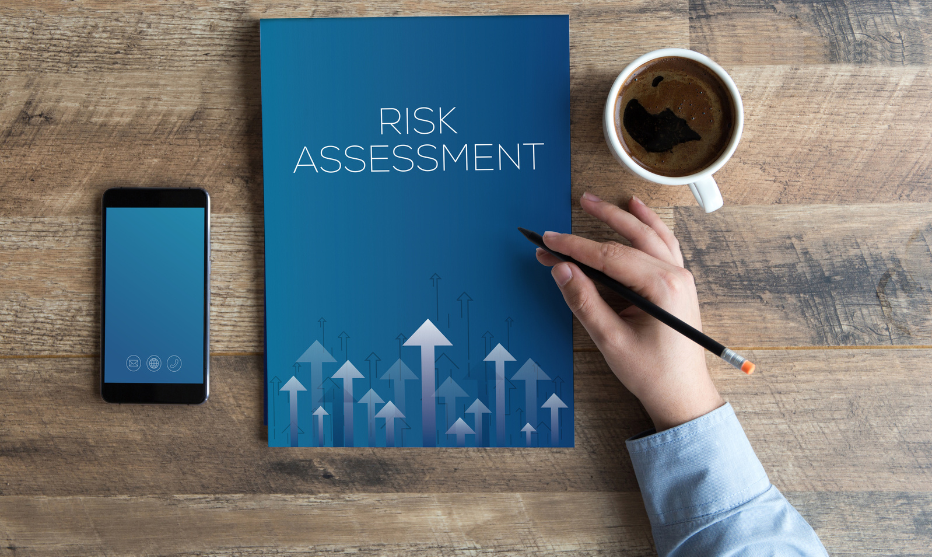
Electronic product information (ePI) refers to the authorised, statutory product information for medicines (including the summary of product characteristics, package leaflet and labelling) adapted for handling in electronic format and dissemination via the web, e-platforms and in print The ePI initiative is supported by the EU funding programme EU4Health [1]. ePI initiative focus on hospital medicines and RX medicines. OTC medicines will continue with paper PIL taking into account risks associated with self-medication.
ePI development
ePI utilizes a semi-structured format that follows a unified electronic standard for medicinal product details. The EU ePI Common Standard, built on the Fast Healthcare Interoperability Resources (FHIR) framework, defines technical specifications for data formats, elements, and application programming interfaces used in exchanging electronic health records. This standard has been adopted by the European medicines regulatory network to enable the delivery of consistent and harmonized digital medicine information across the EU [1].
The ePI project was designed with a comprehensive framework, focusing on several key pillars to guide its development effectively.
- Development of the technical format
- Update of regulation
- Implementation within the pharmaceutical industry
- Integration into regulatory processes and procedures
- Adoption within healthcare systems
To achieve these objectives, the EMA initially engaged in discussions on Product Information (PI) development through dedicated working groups and workshops. Public consultations were then conducted to gather feedback from industry stakeholders. Following this, pilot projects were launched to test and refine the proposed approaches.
The European Medicines Agency (EMA) released a report on December 16, 2024, detailing the results of a pilot program aimed at developing and evaluating electronic product information (ePIs) within regulatory processes. This initiative, conducted between July 2023 and August 2024, involved both centralized and national regulatory procedures, with participation from Denmark, the Netherlands, Spain, and Sweden.
The pilot program operated on both local and European levels. At the local level, projects assessed the effectiveness of ePIs compared to traditional paper leaflets for products administered in hospitals or by healthcare professionals (HCPs).
Key achievements of the pilot include:
- Enabling companies to create and manage ePIs during regulatory procedures through the Product Lifecycle Management Portal.
- Publishing ePIs generated during the pilot, making them accessible to the public via the portal and an application programming interface (API).
The report concluded that the European Union’s regulatory framework is ready for the integration of ePIs, with a phased implementation planned within regulatory workflows. However, the EMA highlighted the need for further improvements in ePI functionality, with additional development set to begin in 2025.
A detailed overview of local NCA level ePI pilot projects will be shared with our next article.
EFPIA has highlighted the need for efficient access to electronic product information (ePI) in the European region. While prescription medicinal product packages already include Data Matrix Codes (DMC) to meet Falsified Medicines Directive (FMD) requirements, using DMCs for ePI access would require the development of a specialized app. An alternative is the introduction of QR codes, which can directly link to ePI or a related website. However, the coexistence of DMC and QR codes on packaging could lead to patient confusion.
EFPIA recommends a stepwise approach. In the short to medium term, QR codes can be used to provide access to ePI. Over time, as mobile technology advances or a universal app becomes available, DMCs could become the preferred solution for accessing ePI, ensuring compliance and streamlined usability. [5]
Benefits to healthcare system and patients
Shifting to electronic Product Information (ePI) offers numerous benefits to patients, starting with enhanced accessibility to medicine-related information. The digital format allows for adaptable font sizes, multilingual support, and searchable content, making it easier for individuals to find and understand the information they need. Additionally, ePI integration with accessibility systems ensures that patients with diverse abilities can more effectively access critical product details.
The potential for ePI to integrate within electronic healthcare systems represents a significant step forward. This integration enables healthcare professionals and patients to access accurate, up-to-date product information more conveniently. Importantly, safety updates can be implemented in real-time, ensuring that the latest information is always available. In contrast, updates to printed materials often face lengthy implementation timelines, taking several months to implement safety variations and co-existing in the market of previously released product until end of self-life [6], [7].
The implementation of electronic product information (ePI) has the potential to enhance and expedite the availability of medicines. By eliminating the need for printed leaflets within packaging, transitioning to digital information can streamline the process of making newly approved medicines accessible to patients more quickly. Furthermore, in case of labeling errors and mistakes in printed materials, existence of ePI will reduce associated risks and will help to avoid batch recalls at least in some of the cases. And most importantly, ePI will help to manage medicines shortages, by offering information in multiple languages and possibility to more easier import medicines in foreign packaging. [6], [7]
Last but not least, sustainability is one of the objective of the ePI initiative, aiming to improve efficiency while significantly reducing the carbon footprint of healthcare systems. By transitioning to ePIs, the use of paper and ink in the production of traditional package leaflets is minimized, along with the environmental impact associated with logistics and distribution. A study conducted by GES Institut GmbH in Berlin, Germany, analyzed the greenhouse gas emissions generated by paper-based and digital package leaflets. The methodology considered various factors, including the physical properties of package leaflets (size, weight, and total annual circulation), the type of delivery (local, regional, or national), and the distribution routes of drug packages based on their individual paths and distances. To further support sustainability efforts, a dedicated calculator developed during the study allows stakeholders to estimate the environmental impact of package leaflet production and distribution. This tool can be accessed via online link, offering valuable insights for decision-making and promoting greener practices in healthcare.
ePI outside EU
ePI initiatives are rapidly expanding across the globe and ePI development is on various stages. Additionally, where some countries are discussing legislation to completely replace paper-based information, others are only contemplating ePI as a complementary tool to paper formats. Japan has already implemented paperless system for prescribed medicines as well medicinal devices back in 2021. China and Singapore has started pilot projects on ePI. Turkey and Israel has started pilot projects. [4]
In conclusion, the ePI initiative in the EU is set to continue its development, with a key focus on ensuring the legislative framework is ready to support the transition to electronic product information. The European Commission must conduct a thorough legal analysis to create a comprehensive ePI roadmap that aligns with evolving regulatory needs. Additionally, to ensure successful adoption by patients and healthcare professionals, it is essential to organize educational campaigns that raise awareness and provide guidance on the benefits and usage of ePIs. By addressing these areas, the EU can foster a smooth and effective integration of ePIs, enhancing healthcare delivery across the region.
Sources:
- Electronic product information for human medicines in the European Union – key principles | European Medicines Agency (EMA)
- Electronic product information for human medicines in the EU: key principles Dec. 16, 2024. https://www.ema.europa.eu/en/documents/report/electronic-product-information-epi-report-experience-gained-creation-epi-during-regulatory-procedures-eu-human-medicines_en.pdf
- Kerstin Dobers, Norbert Gerbsch, Tilo Mandry, Anna Preut 2023. Carbon footprint of package leaflets PI8511_3077 1046..1054
- Spalvieri S, Wait S. 2024. Electronic product information (ePI): securing the future for accessible delivery of medicine information through digitalisation. London: The Health Policy Partnership. https://www.healthpolicypartnership.com/app/uploads/Electronic-product-information-ePI-Securing-the-future-for-accessible-delivery-of-medicine-information-through-digitalisation.pdf
- Implementation of electronic product information (ePI) in the European Region: The use of Codes to enable easy access to Electronic package leaflet 2024. ERAO ePI position paper on codes_April 2024_final corr_highligthed
- ELECTRONIC PRODUCT INFORMATION: FROM PRINCIPLES TO ACTIONS AESGP, EFPIA and Medicines for Europe reflections on EMA – HMA – EC Key principles for electronic product information EFPIA EPI report_Full_rev8.indd
- Electronic product information for medicines in the EU Report from an EMA–HMA–EC workshop held on 28 November 2018 report-european-medicines-agency-ema-heads-medicines-agencies-hma-european-commission-ec-workshop-electronic-product-information-epi_en.pdf




